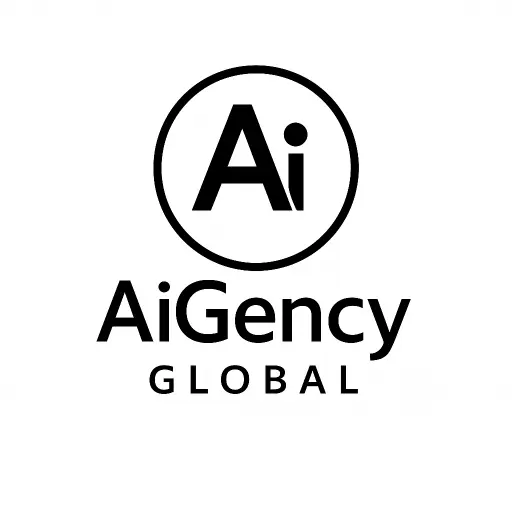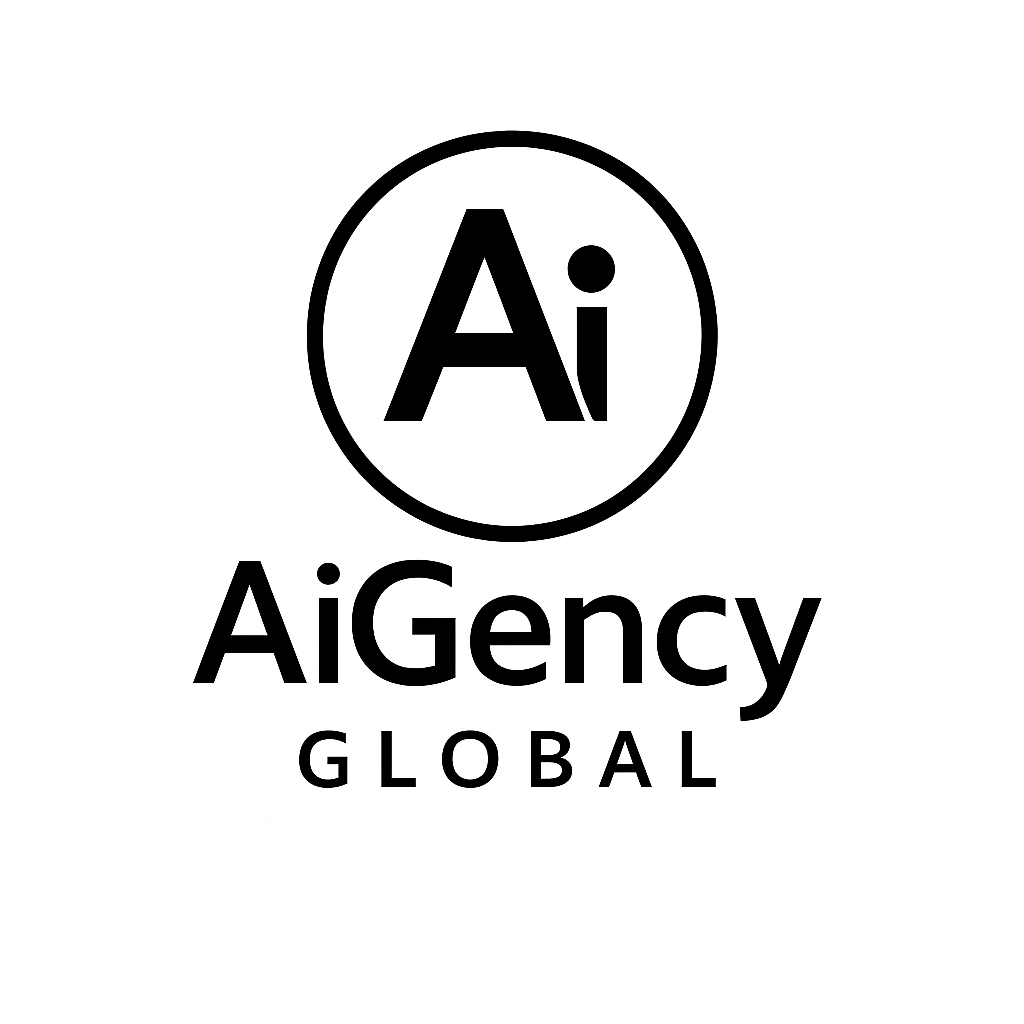
Why Org Charts Are Stuck in the Past
If you walk into most companies today, the org chart probably looks like a pyramid. You’ve got a CEO at the top, layers of managers beneath, and departmental teams structured by function. It’s clean. It’s logical. It’s also completely outdated.
In a world where AI agents are handling support tickets, generating sales emails, managing recruitment pipelines, and even writing code — the old model breaks down.
AI doesn’t care about departments. It doesn’t need a desk. It doesn’t wait for meetings.
It works across functions, at all hours, without needing a team leader or a quarterly performance review.
So the real question is: how do you build an org chart that includes non-human team members?
Step 1: Stop Designing Around Roles — Start Designing Around Capabilities
Traditional org charts focus on titles.
An AI-first org chart focuses on functions.
Ask yourself:
– What are the core processes in each team?
– Which of these are repeatable, predictable, or data-heavy?
– Which roles require emotional intelligence, creative strategy, or stakeholder engagement?
Once you break teams down by task — not title — you can clearly identify what should be human-led, AI-augmented, or AI-owned.
Example: The Sales Team
Function | Lead by
—————————–|————————–
Pipeline hygiene | Salesforce Agentforce
Cold email generation | Jasper AI + SDR
High-value client calls | Human AE
Data enrichment & insights | Copilot or Clearbit AI
Scheduling & reminders | Calendar AI agent
The result? A hybrid sales team that sells more, faster, and with better alignment.
Step 2: Introduce the AI Layer into Your Org Chart
The smarter approach is to build a dedicated AI layer across the organisation — not as a department, but as a horizontal layer embedded into every function.
Think of it like this:
CEO
|
C-level Humans
|
Department Heads (Human)
|
AI Enablement Layer (Bots, copilots, agents, etc.)
|
Human Specialists
Each department gets its own AI enablement: marketing bots, finance copilots, legal advisors, etc. These agents report via API to dashboards — and are “managed” by humans who oversee, retrain, and refine their output.
Step 3: Assign Ownership and Oversight
AI doesn’t manage itself (yet). You need AI Stewards embedded across the business.
These are roles responsible for:
– Monitoring agent performance
– Adjusting prompts, retraining models
– Flagging errors, hallucinations, or drift
– Reporting AI impact at the team level
New roles to consider adding to your chart:
– AI Workflow Coordinator
– Prompt Architect
– Digital Workforce Manager
– AI Risk & Ethics Officer
– AI QA Specialist
Step 4: Create Hybrid Teams That Make Sense
The future org chart won’t be humans versus AI. It will be humans with AI.
Example: Marketing Team Structure (2025)
Team Member | Role
———————–|——————————————
Head of Marketing | Strategy & brand
Content Strategist | Coordinates with Jasper AI, audits tone
Jasper AI | Writes 1st drafts of blogs, emails
Copilot | Analyses campaign performance
Social Bot | Auto-schedules, responds in DMs
SEO Specialist | Human — reviews AI content for search
The AI agents don’t sit in a separate silo — they’re integrated into the team.
Step 5: Rethink Reporting Lines and KPIs
Traditional KPIs don’t apply to digital workers in the same way.
– AI agents don’t need performance reviews — they need output dashboards
– Managers don’t need to “coach” bots — they need to monitor and retrain them
– Teams don’t need to wait for reports — AI provides real-time insights
You’ll need two kinds of visibility:
1. Human performance metrics — Strategy, decision-making, innovation
2. AI productivity metrics — Volume, accuracy, speed, iteration
What AiGency Global Brings to the Table
At AiGency, we help companies:
– Design hybrid teams with clear AI-human interaction
– Deploy ready-to-work AI agents (sales, service, finance, ops, and more)
– Integrate digital workers into org charts with governance and oversight
– Upskill internal teams to manage, collaborate with, and audit AI agents
We’re not just helping companies “add AI.” We’re helping them rebuild how they work — from the org chart outward.
Conclusion: The Org Chart Is Dead. Long Live the Org Network.
The organisations of the future won’t be structured top-down.
They’ll be networked, agent-powered, and human-led.
In this new model, your AI workforce won’t be in a box on the side.
It’ll be integrated, accountable, and essential to every function.
Your next org chart won’t just show who reports to whom.
It’ll show what’s automated, what’s augmented, and what’s fully human.
And the companies who figure this out now?
They won’t just lead.
They’ll redefine what leadership looks like.


